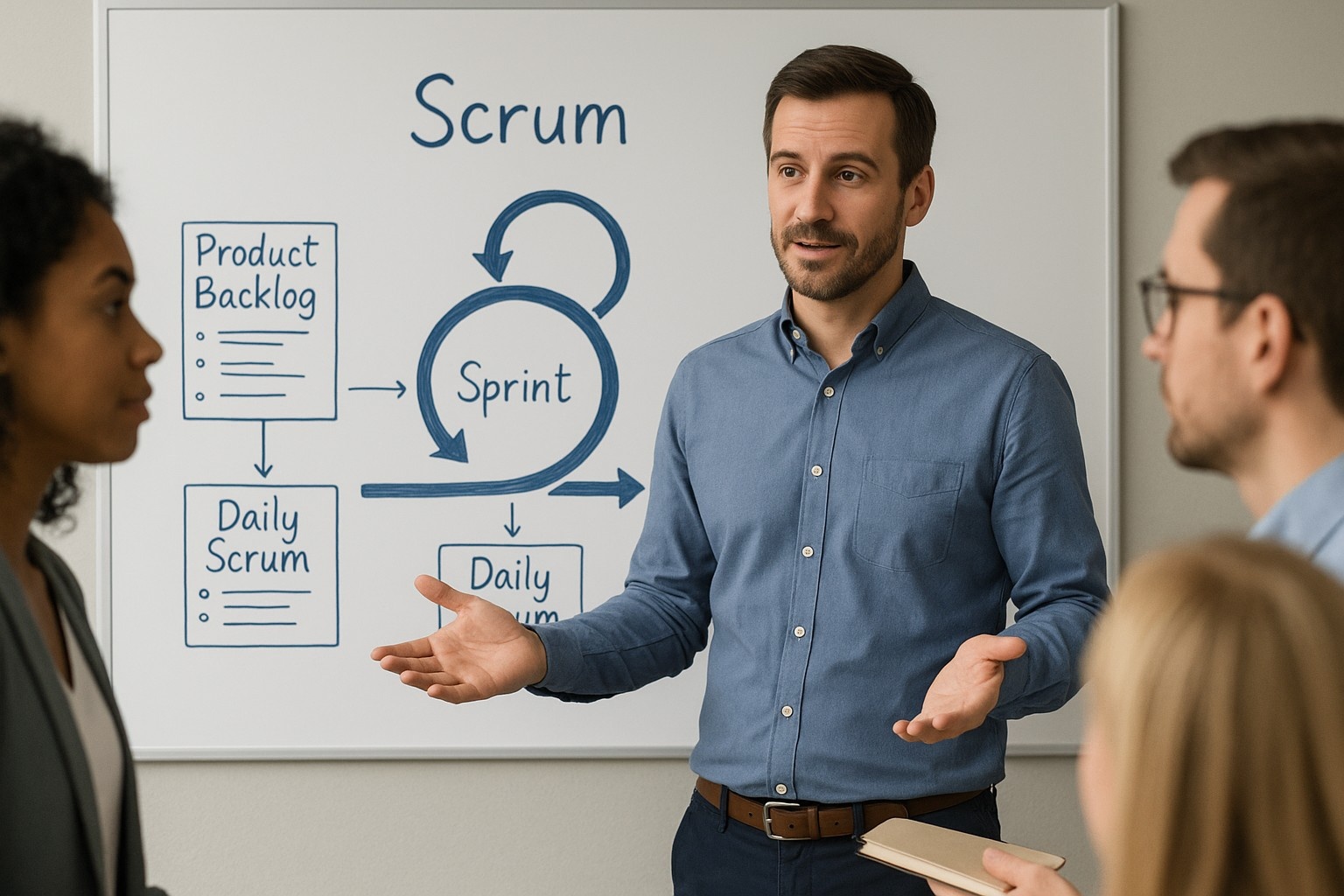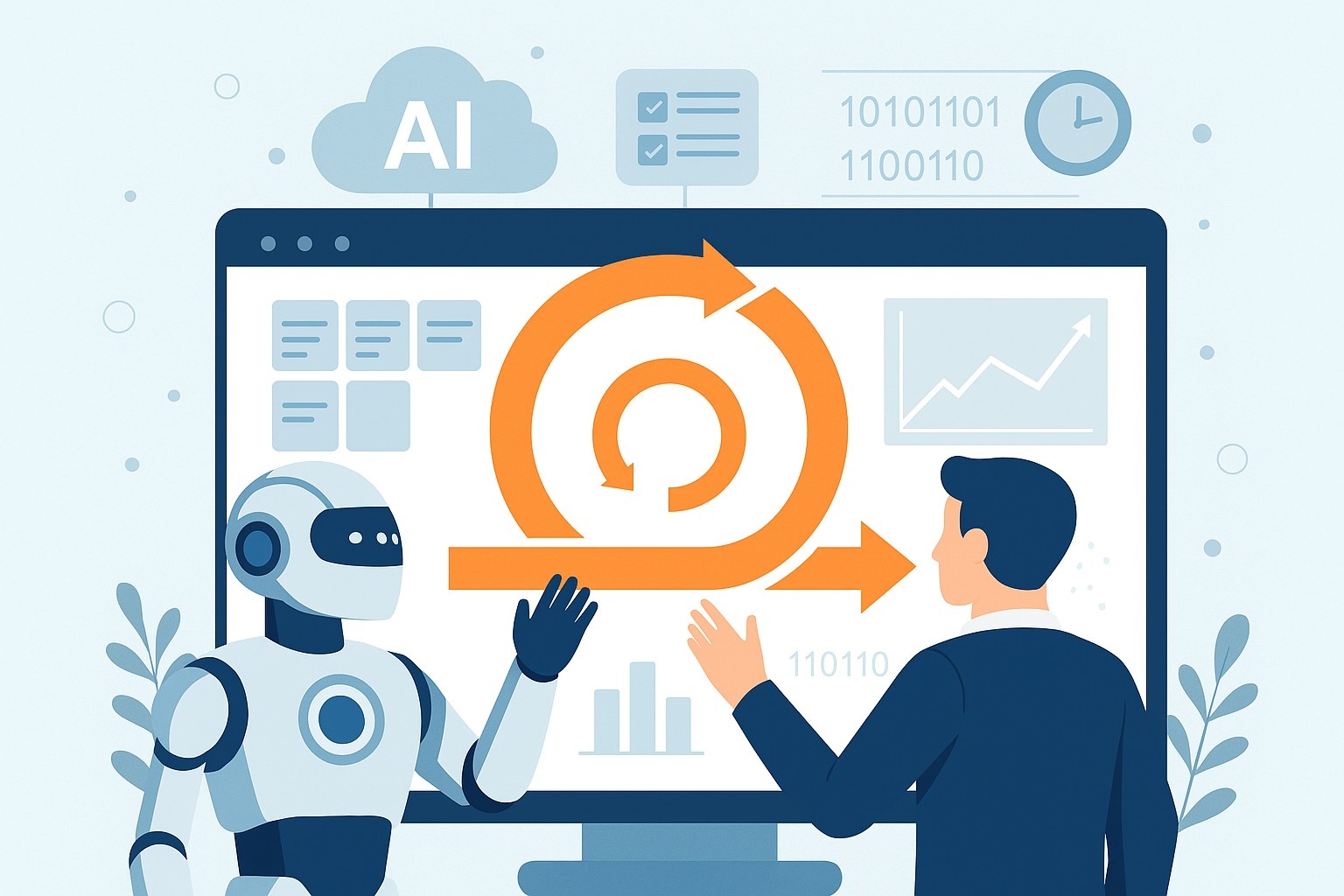Let us see the differences Between Product Owner and Scrum Master:
| Category | Product Owner | Scrum Master |
| 1.Primary Focus | Focuses on the product’s vision and business value prioritizing the product backlog.They represent the stakeholders needs. | Focuses on the process and the team’s effectiveness.
They facilitate Scrum ceremonies and ensure that the team follows Scrum principles. |
| 2. Responsibility | Maximizes the value of the product by defining the product features,managing product backlog and development decisions. | Coaches the team in Scrum Practices ensuring that the team works efficiently and fostering continuous improvement. |
| 3. Interaction With Stakeholders | The primary interface between the development team and stakeholders. They communicate the stakeholders needs and feedback to the team. | Focuses on internal team dynamics ensuring that the team functions smoothly and adheres to Scrum while they may interact with stakeholders. |
| 4. Decision-Making Authority | Authority to make product related decisions – prioritizing the backlog and defining acceptance criteria. | Does not have decision making authority over the product but ensures that the team is empowered to make decisions and the scrum framework is implemented properly. |
| 5. Focus on Delivery | Works to ensure that the product meets business goals. | Ensures that the teams workflow is optimized,barriers to progress are removed and makes sure that the team adheres to the Scrum process. |
Collaboration Between Product Owner and Scrum Master:
The collaboration between the Product Owner and Scrum Master is essential for a successful Scrum team. They complement each other’s roles, with the PO focusing on “what” needs to be built and the SM focusing on “how” to build it effectively.
- Shared Goal:
- Both the PO and SM aim to deliver a high-quality product that meets customer needs. The PO ensures that the right features are built, while the SM ensures that the team can build them efficiently.
- Backlog Refinement:
- The PO and SM work together during backlog refinement sessions. The PO prioritizes and defines the items, while the SM helps the team understand them and estimates the effort required.
- Sprint Planning:
- During sprint planning, the PO presents the prioritized backlog, and the SM facilitates the session, ensuring that the team can commit to a realistic sprint goal.
- Facilitating Communication:
- The PO and SM ensure clear communication within the team and with stakeholders. The PO brings in business insights, while the SM helps the team articulate their technical needs.
- Handling Impediments:
- The PO can raise business-related issues that may block the team, and the SM works to remove these impediments, ensuring the team can progress smoothly.
- Feedback Loops:
- Both roles are crucial in gathering and incorporating feedback. The PO gathers customer and stakeholder feedback, while the SM gathers feedback from the team and the process, ensuring continuous improvement.




